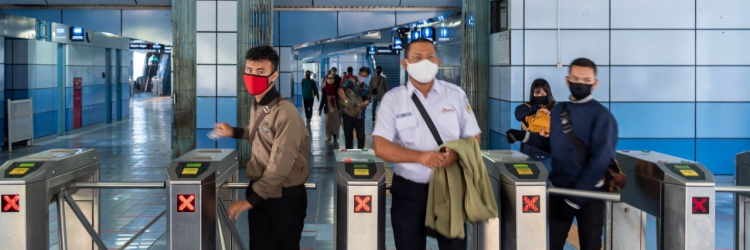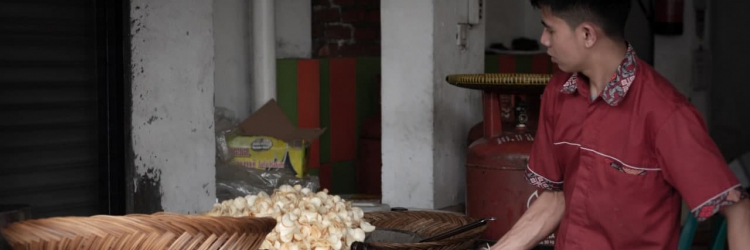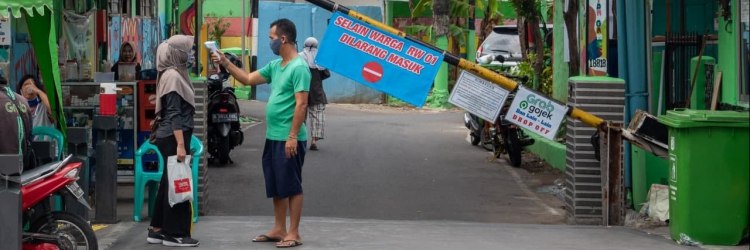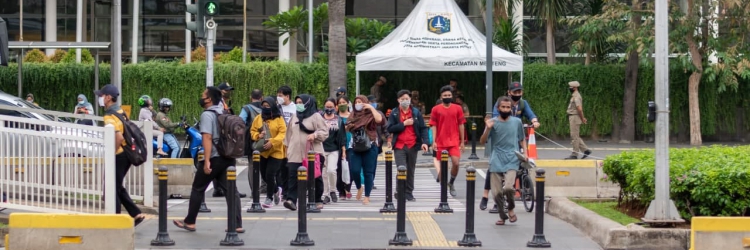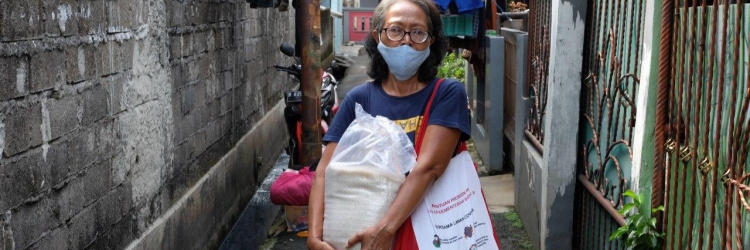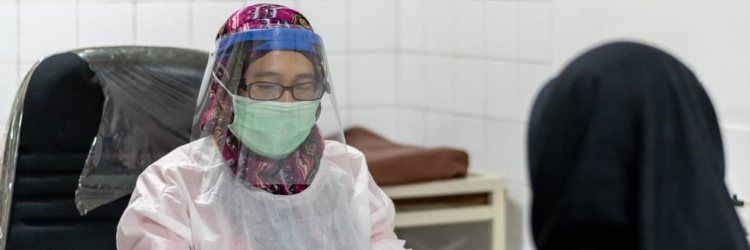Highlights
- The World Bank projected that Indonesia’s economic growth rate in 2020 will only reach 2.1%. In the worst-case scenario, the growth can even drop to −3.5%.
- SMERU’s simulation results show that the 2020 poverty rate will reach 12.4% (an increase of 3.2% from the poverty rate in September 2019). This means that there will be an addition of 8.5 million poor people.
- Such poverty rate (12.4%) is the same as that in 2011. In other words, if the projection turns out to be true, the government’s progress in reducing poverty in the past decade will go back to square one.
COVID-19 Pandemic and the Economic Shock
The number of positive cases of COVID-19 around the world has reached about 3.5 million with 240,000 deaths. In Indonesia, by 2 June 2020, positive cases numbered 26,490 with the death toll reaches 1,641.
The COVID-19 pandemic has not only caused health crisis, but also impacted the global economy. Such impact started with the shock to the available goods and services in the market (supply shock). The shock happened when people (mostly workers) in the production chain were infected by the virus and then fell ill. This condition caused a decrease in the productivity of individuals and thus corporations. The supply shock was also spurred by the physical distancing as well as large-scale social restrictions (LSSR) as part of the efforts to contain the spread of the pandemic. The two policies have caused many factories, offices, and business centers to be temporarily closed.
Eventually the supply shock will be followed by the shock to consumers’ demand (demand shock). During the pandemic, the consumption rate has had a downward trend due to various policies to curb the pandemic, such as the closure of most shopping centers and limitation of public transportation use. The decline in consumption rate is also caused by pay cuts or job losses.
COVID-19 Pandemic and the Emergence of New Poor People
The impact of COVID-19 pandemic on economic activities is predicted to last quite long. If this happens, it will very likely plunge the global community into a recession or a severe economic crisis. The International Monetary Fund (IMF) has predicted that the global economic growth in 2020 will sink to −3%. This recession will result in the emergence of new poor people. A study by Sumner, Hoy, and Ortiz-Juarez (2020), which covers 138 developing countries and 26 high-income countries, shows that COVID-19 pandemic will cause around 85 million people to fall into poverty.
What about Indonesia? The World Bank (2020) projected that Indonesia’s economic growth in 2020 will only reach 2.1%. In the worst scenario, it can further drop to −3.5%. This figure is lower than the 2019 economic growth rate, which was only 5%. The economic shock is also predicted to prompt the emergence of new poor people.
We conducted a study to estimate the impact of COVID-19 on Indonesia’s poverty rate (Suryahadi, Al Izzati, dan Suryadarma, 2020). The simulation of the 2020 poverty rate was carried out under several scenarios using the National Socioeconomic Survey (Susenas) data. In the simulation, we used five projections of the 2020 economic growth from several institutions and research results, namely economic growths at 4.2% (Bank Indonesia, 2020), 3.1% (Rogers, 2020), 2.1% (World Bank, 2020), 1.2% (Yusuf, 2020), and 1% (The Economist Intelligence Unit, 2020). All these projections show slowdown in the 2020 economic growth. Statistic Indonesia data also shows that the economic growth of Indonesia in the first quarter of 2020 is only at 2.97% (BPS, 2020).
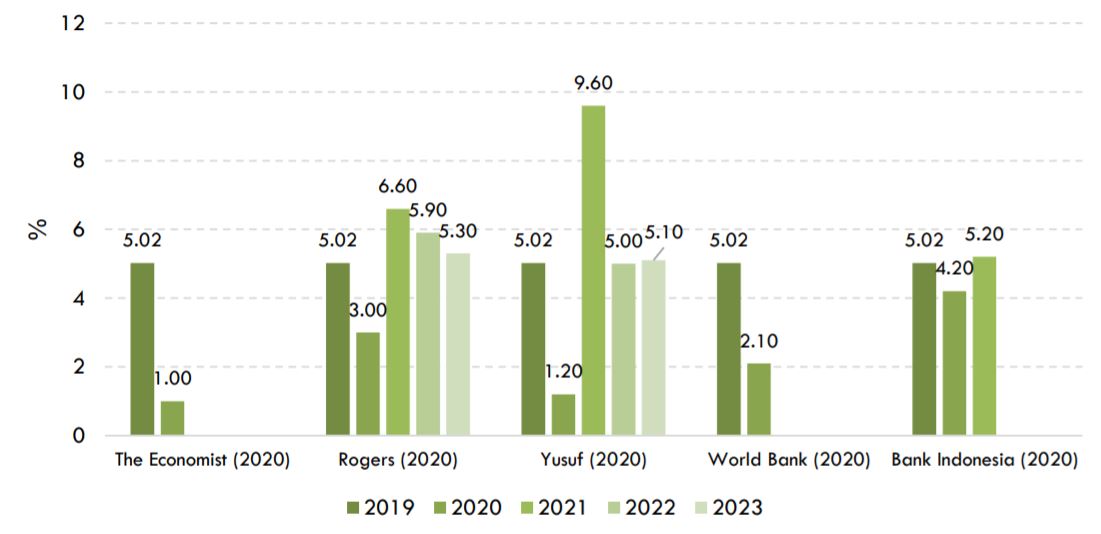
Figure 5. Economic growth projections for 2020−2023 (%) (growth in 2019 is actual growth as the baseline)
We referred to the 2005–2006 economic shock as a benchmark when running the simulation. In that period, Indonesia’s economic growth slowed down and the poverty rate increased.
Results of the simulation of COVID-19 pandemic’s impact on Indonesia’s poverty rate are divided into three scenarios based on three severity levels, namely mild, moderate, and severe. Under the mild scenario, Indonesia’s economy will grow at 4.2% and the poverty rate will rise from 9.2% (by September 2019) to 9.7% by the end of 2020—in other words, about 1.3 million people will become poor. As for the moderate scenario, Indonesia’s economy will grow at 2.1% and the poverty rate will go up to 11.4%, meaning that there will be 6 million new poor people. In the severe scenario, Indonesia’s economy will grow at 1% and the poverty rate will climb to 12.4%, which means that there will be an additional 8.5 million people living below the poverty line.
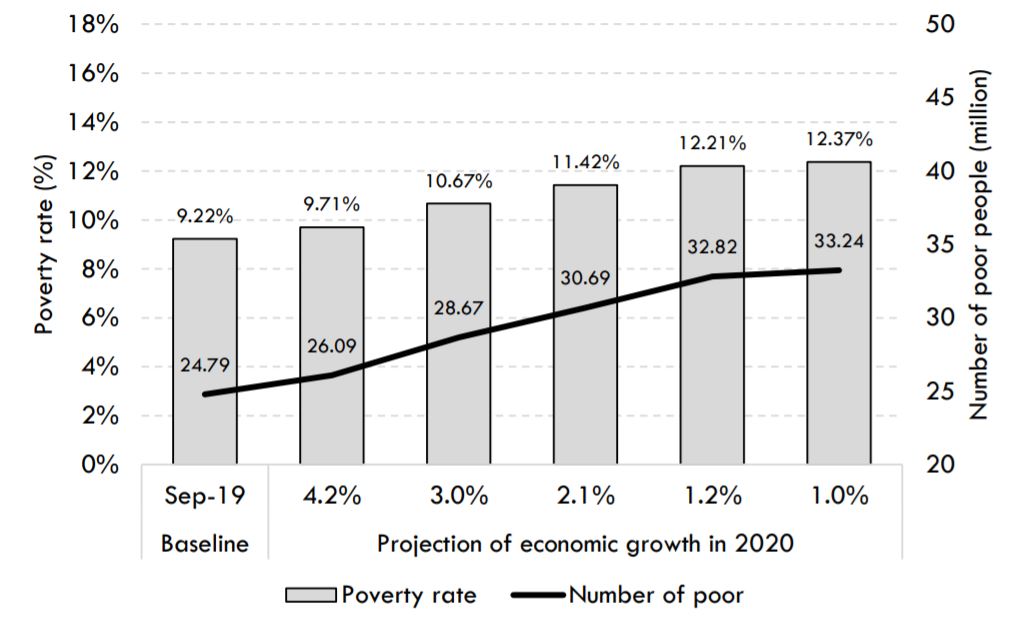
Figure 7. Projected impact of COVID-19 outbreak on poverty rate and number of poor people
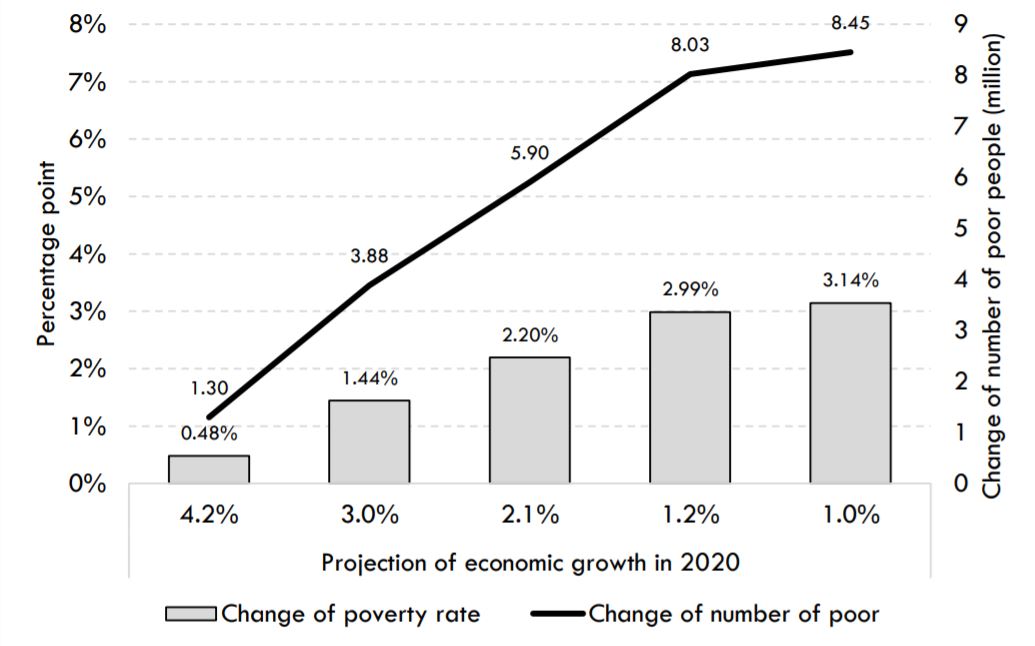
Figure 8. Change in poverty rate and number of poor people
If the 12.4% poverty rate is proven to be true, it will be an arduous task to reduce it. In such condition, the Government of Indonesia will need to make massive and all-out efforts to achieve the 2024 National Medium-Term Development Plan (RPJMN) targets.
The surge in poverty rate due to COVID-19 pandemic deserves serious attention from policymakers at the central and regional levels. One effort the Government of Indonesia can make is to strengthen social protection for its people, especially those who have become poor or poorer due to COVID-19 pandemic (Yumna et al., 2020).





